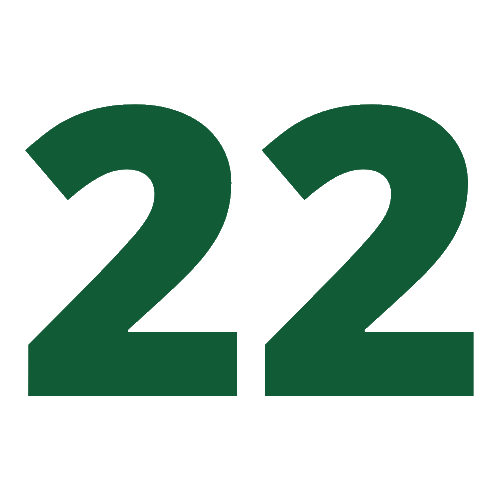
modules

of video content

days to complete
Master this course in less than 2 weeks!
The most effective way to engage in continuous education is to spend no more than 30 minutes per day on the course. Upon enrollment, you will gradually gain access to the modules, with new ones becoming available every 2 days. By committing 20-30 minutes every 2 days, you will complete the entire course in about 10 days.

What will you learn?
- Importance and benefits of publishing primary research findings
- Typical structure of a scientific article and its 6 publishing phases
- How to identify differences between primary and secondary research
- Communicating your research story to a global audience in English
- Using the SNIP process to improve your chances of journal acceptance
- Research design as well as relevance and scope of your research question
- Planning an effective keyword-based literature search and review
- Importance and steps to develop a chronogram for your research project
- Gantt charts, Kanban board, and other useful project management tools
- Methodology, variables, data gathering techniques, data analysis, and more
Course Description:
Researchers convey their findings by publishing them in the form of scientific articles in reputed journals. But the path to getting published can be complicated if not planned well.
In this course, you will learn how to overcome some of the most common challenges authors face while trying to communicate their research. From gathering, interpreting, analyzing, and reproducing data to identifying the potential and limitations of your study, you will learn about the intricacies of the publication process. Throughout this course, you will come across several practical tips and expert strategies to prepare your manuscript for journal submission and maximize your chances at publication success. This engaging course consists of 23 modules, each consisting of an educational video, a module-specific multiple-choice question to check your understanding, and additional resources on the topic.


Course authors:
Andrew Moore
Andrew Moore has a degree in Biochemistry and doctorate/post-doctorate research experience in Structural Studies and Molecular Biology. He has been the Editor-in-Chief of the journal BioEssays and the Wiley Researcher Academy as well as a Program Manager and Editor at the European Molecular Biology Organization. Currently, as a freelance writer and writing coach, Andrew uses valuable insights gained from over 20 years in academic publishing to coach researchers on how to communicate science more effectively.
Kris Bishop
Kris Bishop authored this course when he was a Marketing Manager within Wiley Research. He is currently Associate Director, Product Strategy at Science Magazine/American Association for the Advancement of Science (AAAS). Kris is an MBA with more than fourteen years of experience in the publishing industry and a deep understanding of researcher and publisher challenges in academia. Through the years, he has also collaborated extensively with researchers and authors, and spent time working on college-level textbooks, monographs, trade publications, and scientific research journals.
